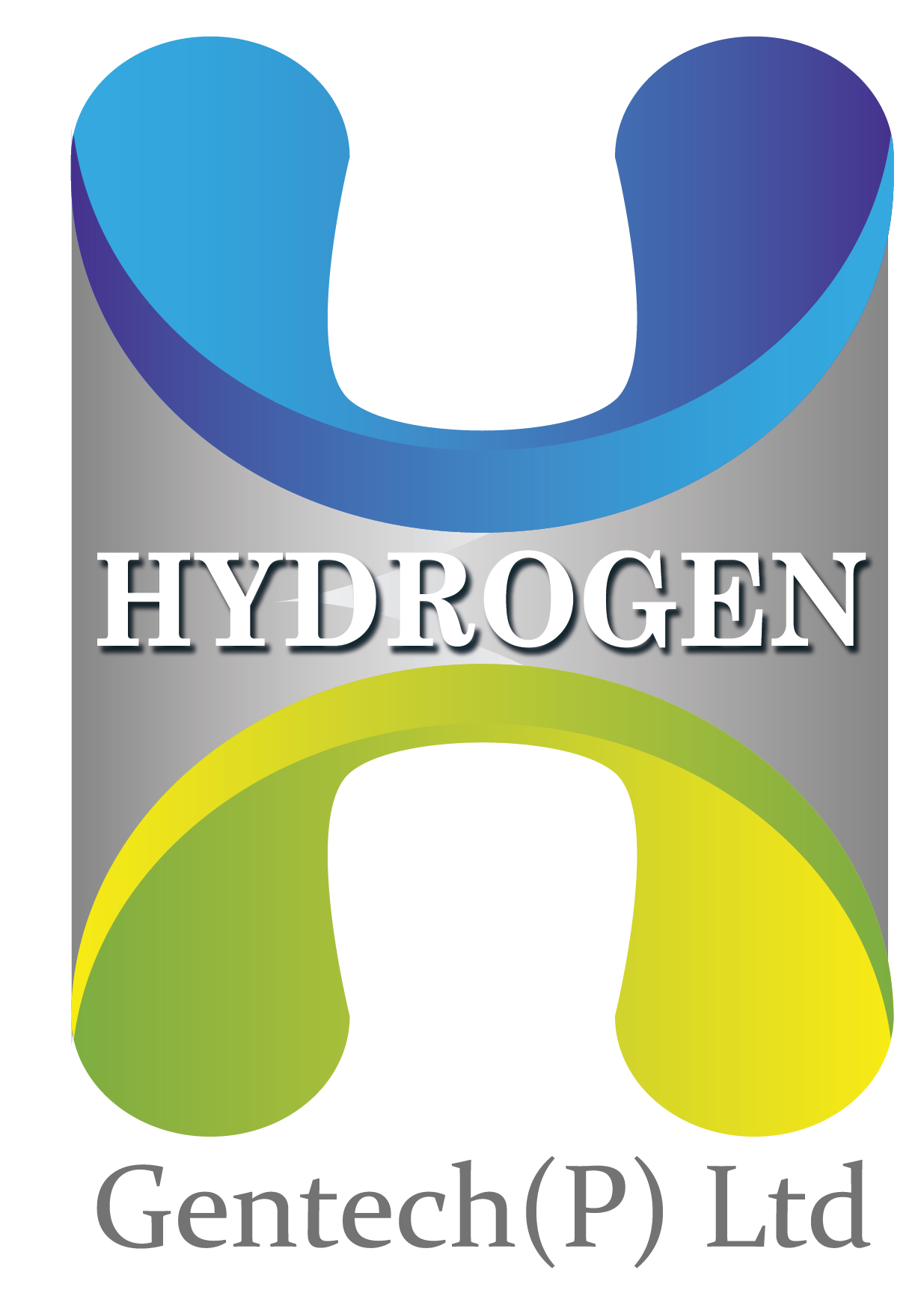In alkaline water electrolysis, one of the key challenges is the effective separation of hydrogen or oxygen gas from the electrolyte solution—commonly potassium hydroxide (KOH) or sodium hydroxide (NaOH). This separation is critical to ensure product purity, system efficiency, and operational safety. The gas-lye separator is the component that performs this vital function. This article breaks down how a gas-lye separator works, its core design, operational mechanism, and importance in the overall alkaline electrolysis process.
What is a Gas-Lye Separator?
A gas-lye separator is a vessel designed to separate the generated hydrogen or oxygen gas from the alkaline electrolyte solution after electrolysis. In alkaline electrolysis, water splits into hydrogen and oxygen gases at the electrodes submerged in an alkaline electrolyte. The produced gas is not dry or pure—it exits the electrolyzer mixed with the hot lye (alkaline liquid) in a gas-liquid mixture.
The gas-lye separator decouples the two phases—gaseous and liquid—so that the gases can proceed toward purification, drying, and compression, while the lye is recycled back into the system.
Why Gas-Lye Separation is Essential
Gas Purity
Raw hydrogen and oxygen gases contain entrained lye droplets. Without separation, these droplets would affect gas purity and downstream equipment.
System Efficiency
Recovered lye can be recirculated, reducing electrolyte consumption and operational cost.
Safety
Presence of liquid in gas streams can lead to blockages, backflow, or potential corrosion in compressors and dryers.
Component Longevity
Removing caustic carryover prevents corrosion in downstream gas processing units.
Placement in the Alkaline Electrolyzer System
Gas-lye separators are installed immediately downstream of the electrolyzer stack. A typical alkaline electrolyzer has two outlets:
- Hydrogen-rich stream from the cathode side
- Oxygen-rich stream from the anode side
Each outlet directs its respective gas-liquid mixture to a dedicated gas-lye separator. The separator ensures complete disengagement of the gas and liquid before either stream continues to the next stage.
Construction and Design Parameters
Core Components
- Cylindrical Vessel: Typically vertical to allow gravity-based separation.
- Inlet Diffuser or Demister Pad: Helps reduce turbulence and distribute incoming flow evenly.
- Gas Outlet at the Top: Only dry gas exits from the upper region.
- Lye Outlet at the Bottom: Alkaline liquid is collected at the base and sent back to the circulation loop.
- Internal Baffles or Cyclones (Optional): Enhance separation efficiency by forcing centrifugal motion or coalescing liquid droplets.
Key Design Parameters
- Gas flow rate
- Lye concentration and temperature
- Required separation efficiency
- Material compatibility (usually SS316L or better due to corrosiveness of KOH)
Working Principle
The operation of a gas-lye separator follows a simple principle—density difference. The gas-liquid mixture enters the separator vessel and slows down due to the larger volume. Gravity acts on the denser liquid (lye), causing it to settle at the bottom. The lighter gas phase naturally rises to the top.
Steps in Sequence
- Entry: Mixed gas-lye stream enters the separator.
- Flow Deceleration: The enlarged vessel cross-section reduces velocity, minimizing turbulence.
- Gravity Separation: The liquid droplets settle due to their higher density.
- Droplet Capture: Optional demister pads or mesh structures catch fine mist and coalesce droplets.
- Outlet Flow: Gas exits from the top. Lye is drawn from the bottom and pumped back to the electrolyzer or heat exchanger.
Efficiency Factors
- Residence Time: Longer residence time improves phase disengagement.
- Droplet Size Distribution: Smaller droplets require finer demisters or more advanced separation mechanisms.
- Gas Velocity: Higher velocities can entrain more liquid into the gas stream.
- Separator Size: Undersized separators can lead to liquid carryover, while oversized units increase CAPEX unnecessarily.
Modern systems often use CFD modeling to optimize the geometry and internal flow distribution for maximum efficiency.
Integration with Other Systems
The gas-lye separator works in tandem with:
- Electrolyte Circulation Pumps: Maintain continuous flow of KOH or NaOH solution.
- Heat Exchangers: Control temperature before recirculation.
- Demineralized Water Make-Up System: Adjust concentration of the lye.
- Gas Purification Systems: Receive dry gas from the separator.
The entire chain must be synchronized for optimal hydrogen purity and system uptime.
Common Challenges and Mitigations
- Foaming: KOH solutions can foam, especially at high temperatures. Anti-foaming agents or design tweaks like mesh pads help.
- Corrosion: Continuous exposure to hot alkaline solution can corrode internals. Using corrosion-resistant alloys and coatings mitigates this.
- Scaling or Crystallization: Improper temperature control or water quality can cause scaling. Scheduled maintenance and water treatment solve this issue.
Advances and Innovations
- Level Sensors and Alarms: To monitor lye accumulation and prevent overflow.
- Self-Cleaning Demisters: Reduce maintenance frequency.
- Integrated Heating or Cooling Jackets: Maintain optimal temperature for phase separation.
There is also a move towards modular, skid-mounted separators in compact green hydrogen systems for faster deployment and scalability.
Role in Hydrogen Purity and Plant Safety
A poorly functioning gas-lye separator can jeopardize hydrogen purity by introducing moisture and alkali contaminants into the product stream. It can also create safety risks if the downstream compressors or dryers are exposed to corrosive liquids. For plants targeting fuel cell-grade hydrogen or export-grade oxygen, maintaining separator efficiency is non-negotiable.
Conclusion
The gas-lye separator may appear as a passive vessel, but it plays a pivotal role in the alkaline electrolysis chain. By efficiently separating gases from the electrolyte, it ensures system safety, protects downstream units, and maintains gas purity. Understanding its design and function is essential for anyone working with alkaline electrolyzers, whether in hydrogen production, EPC design, or plant operations.

